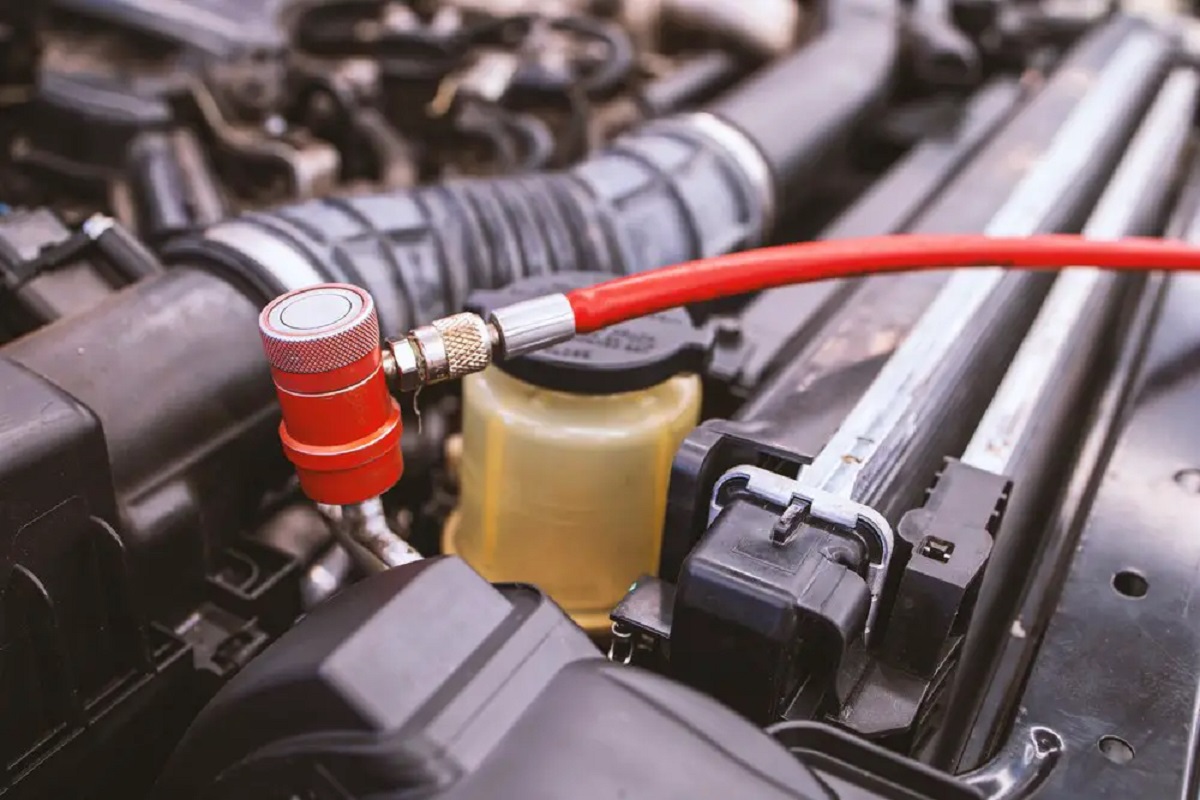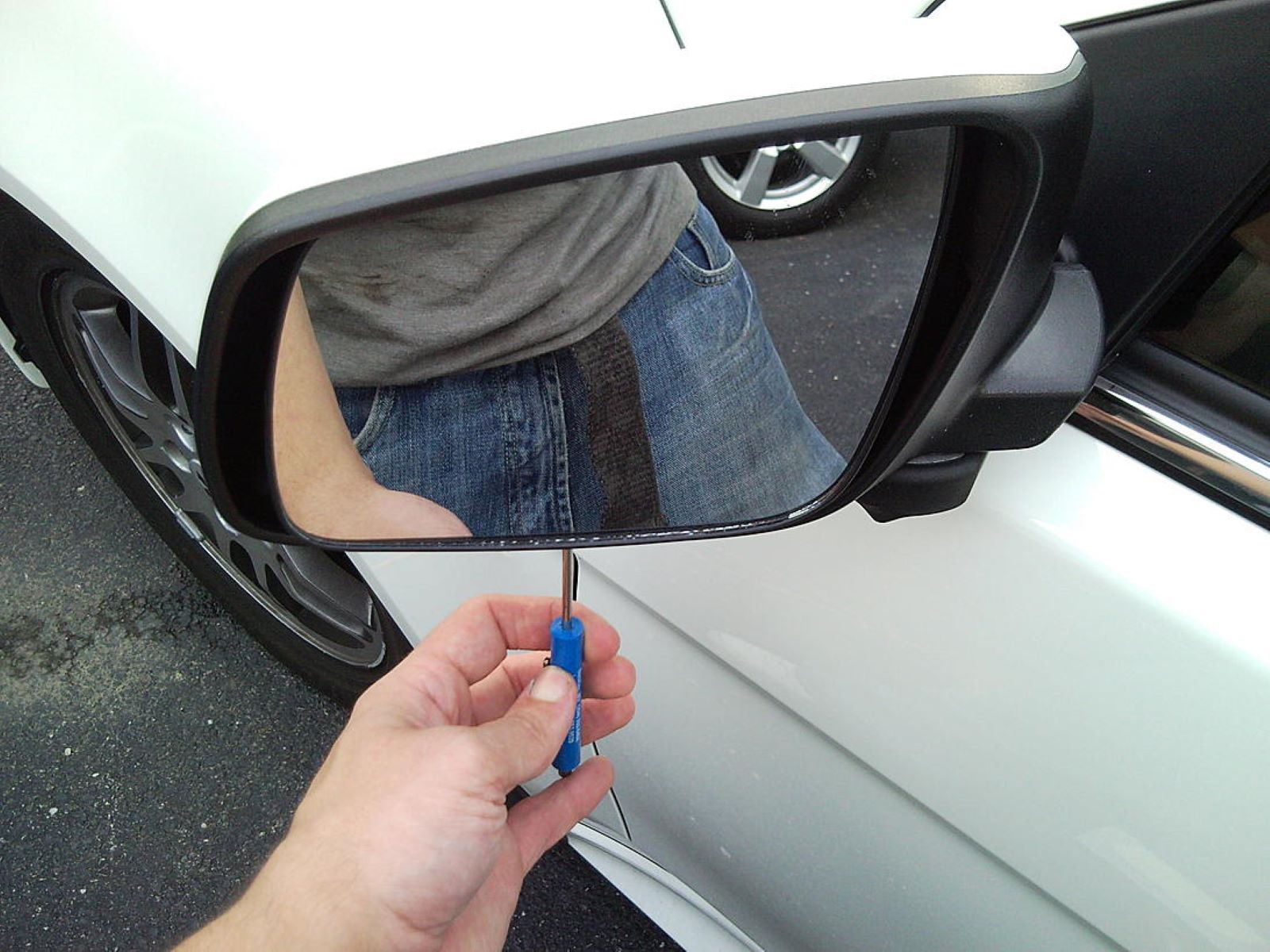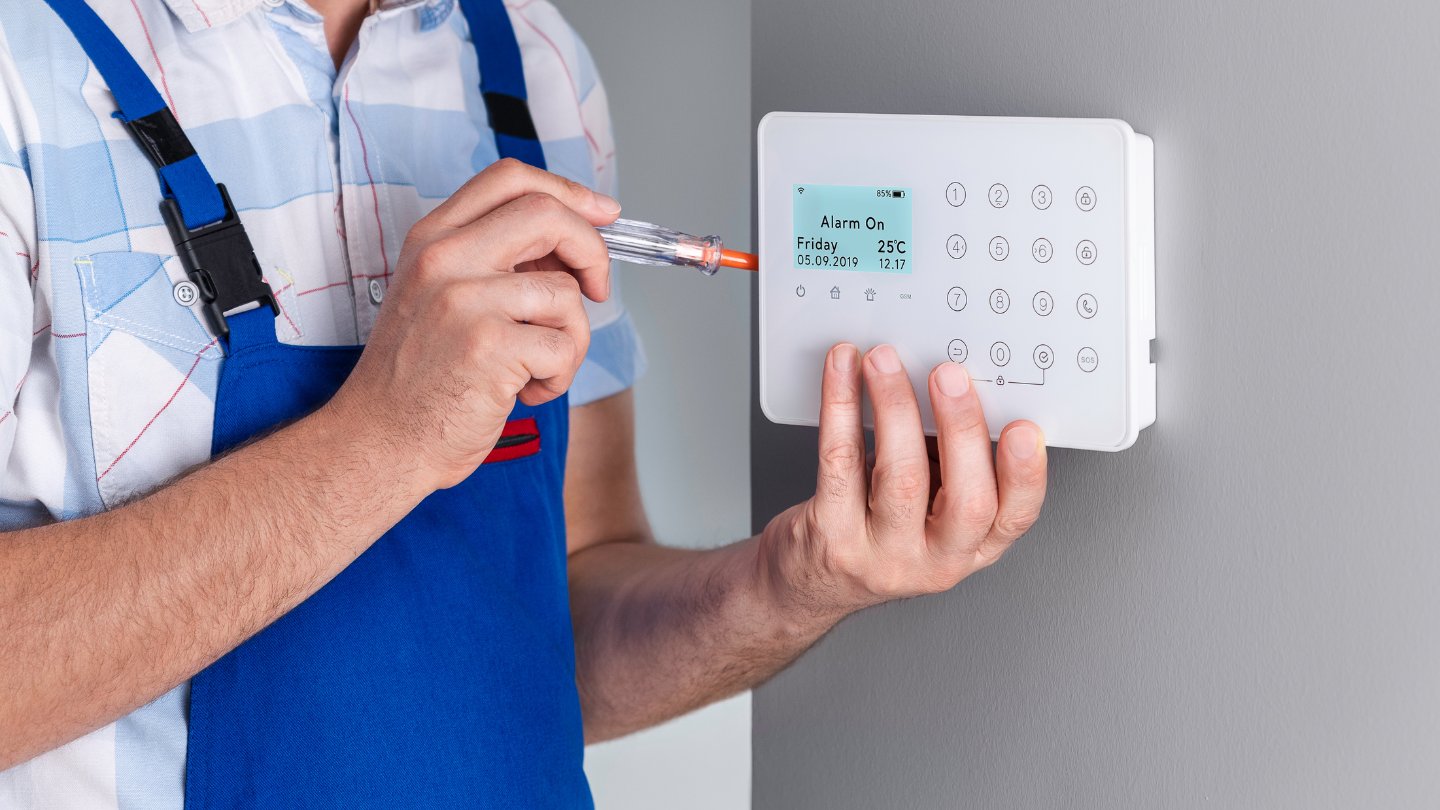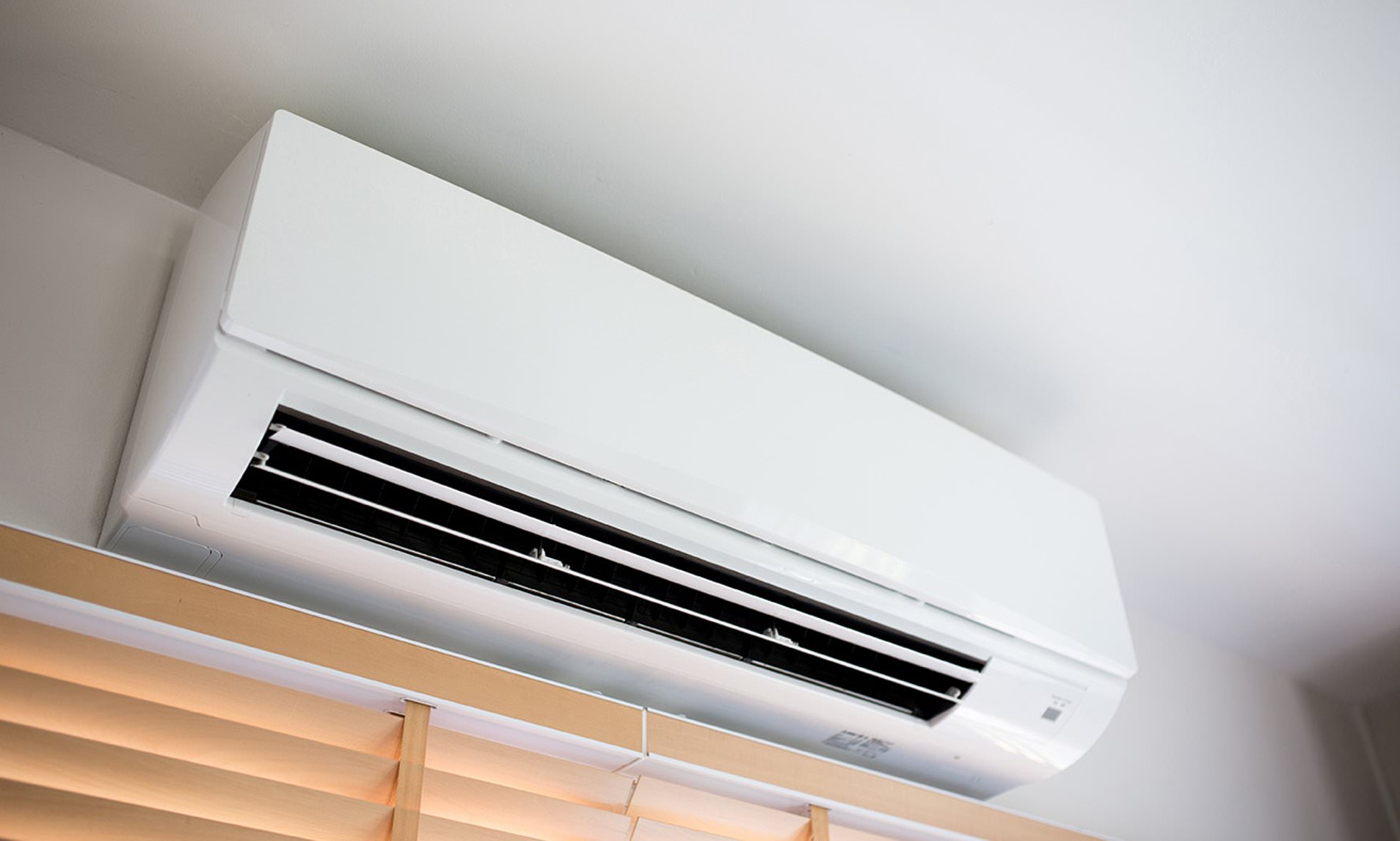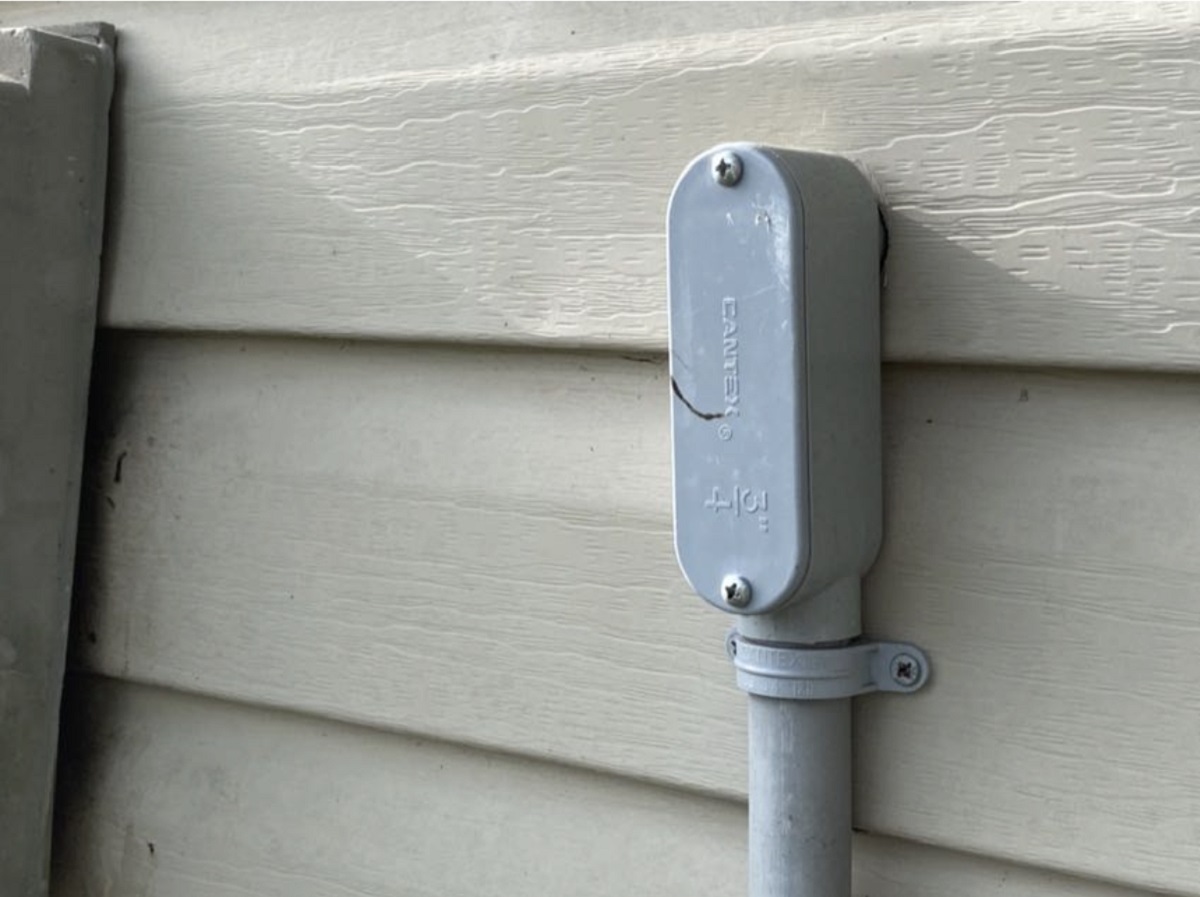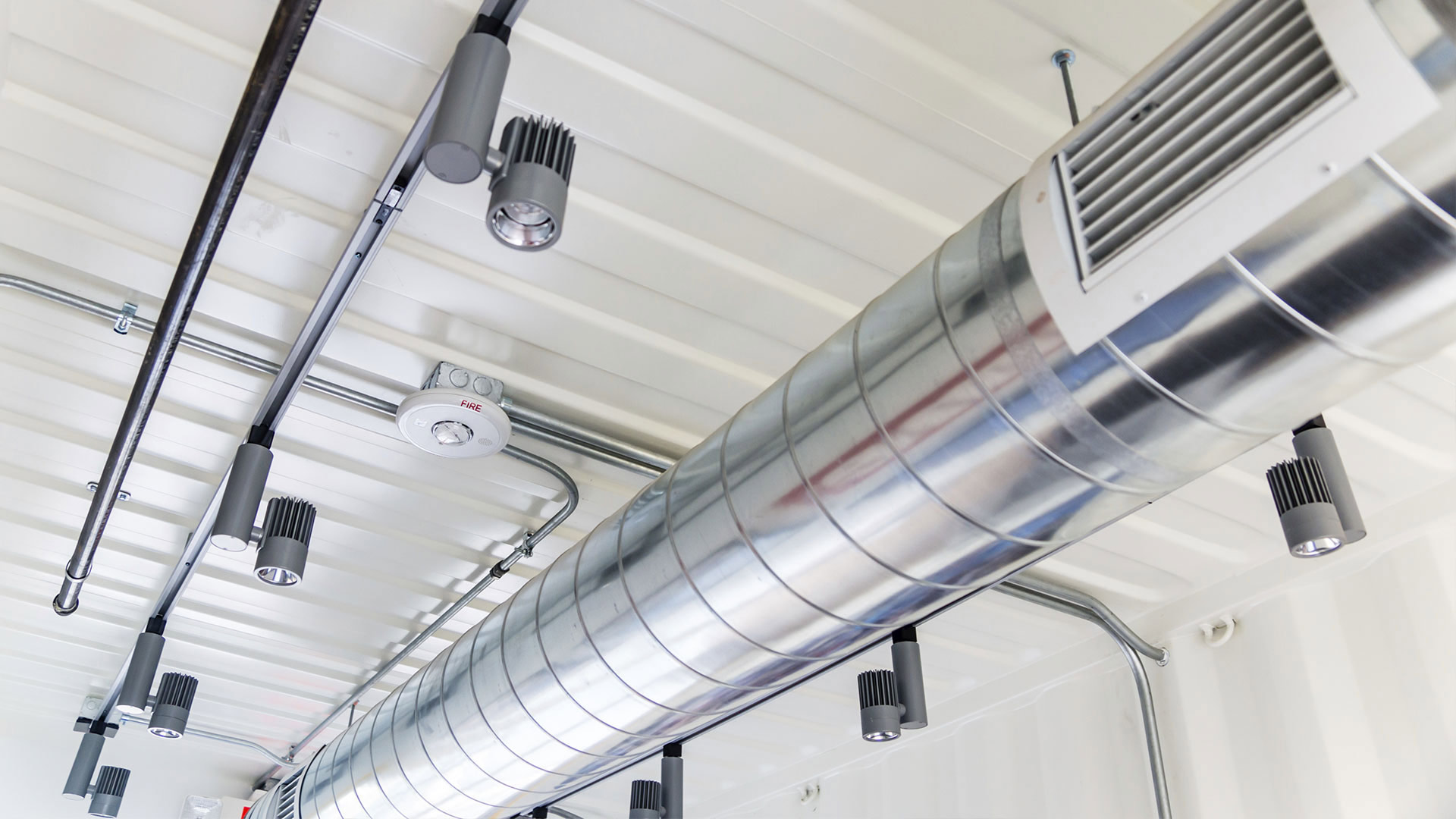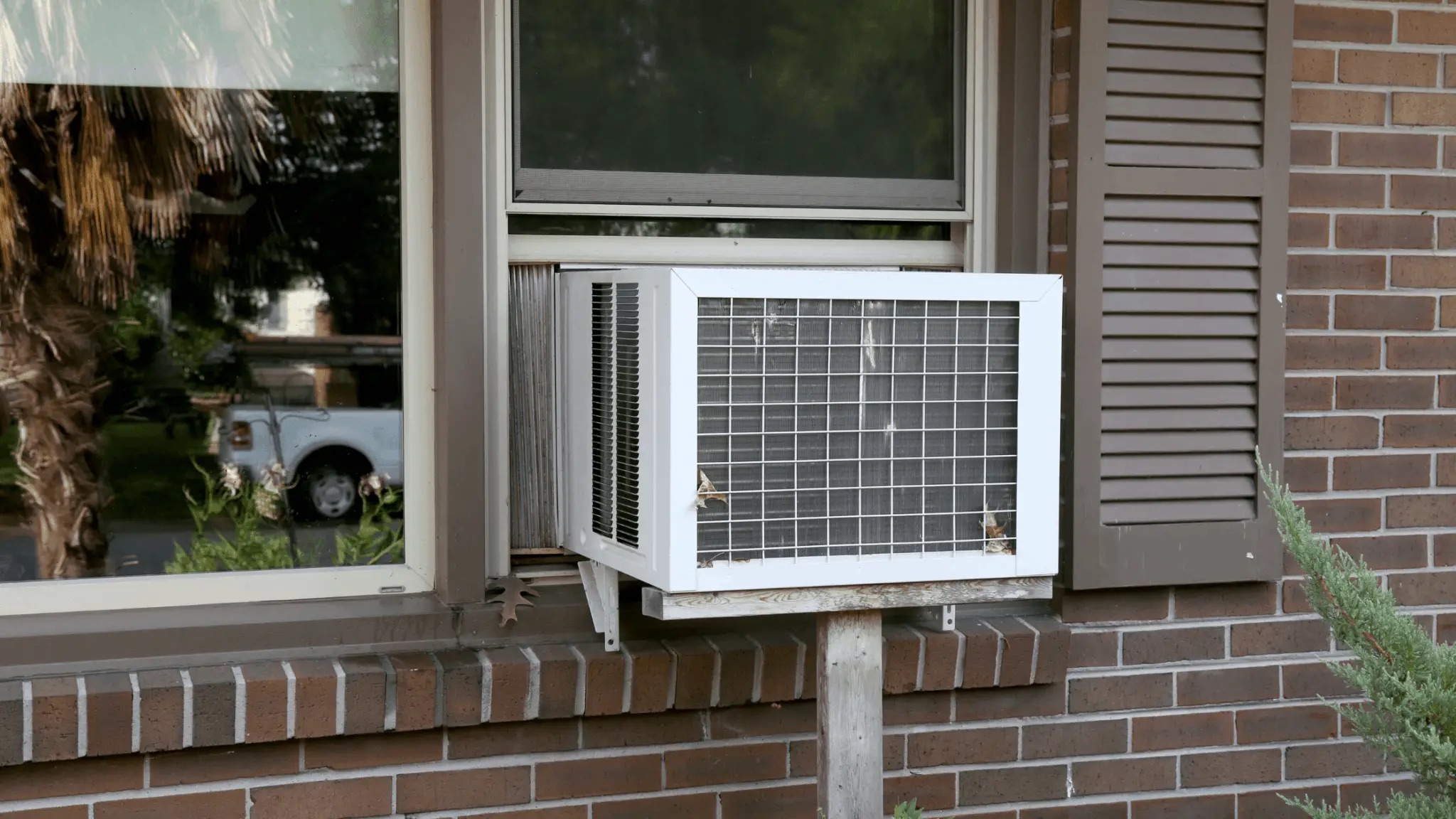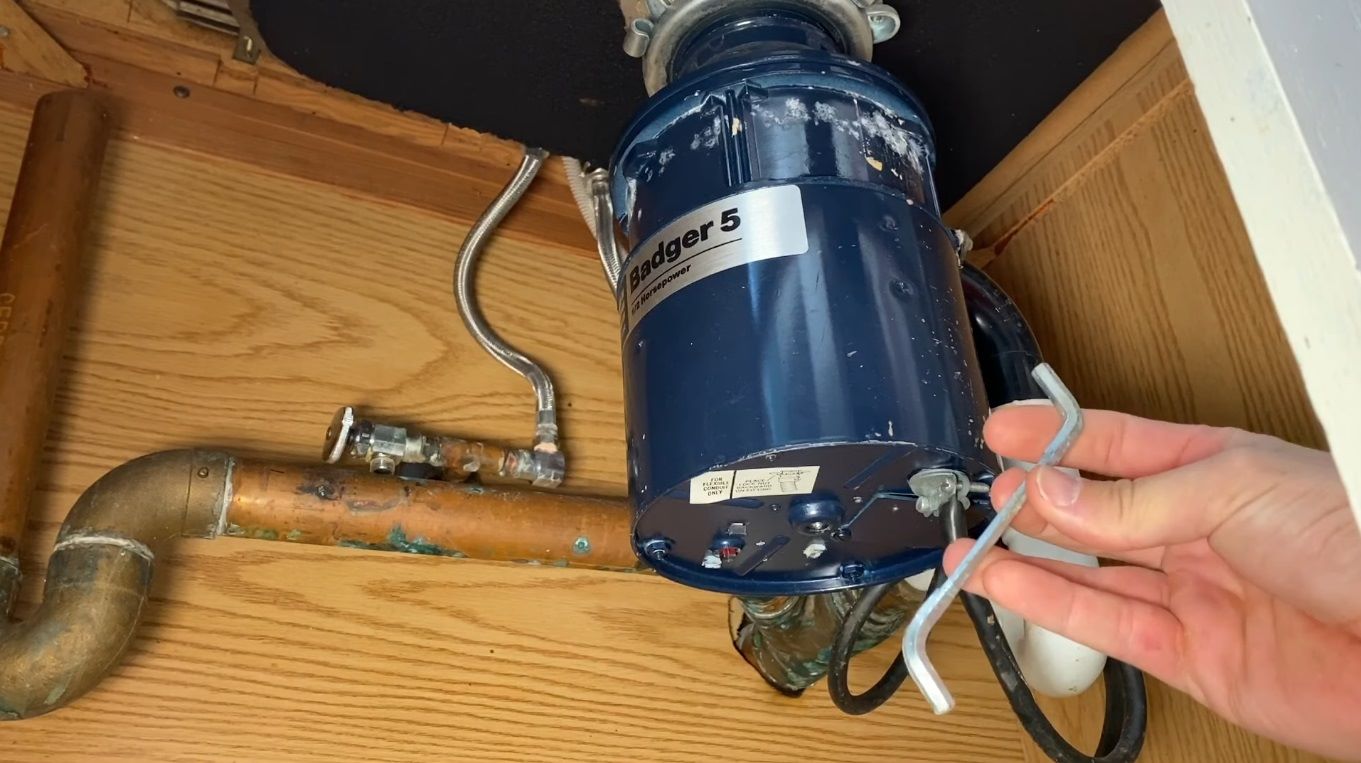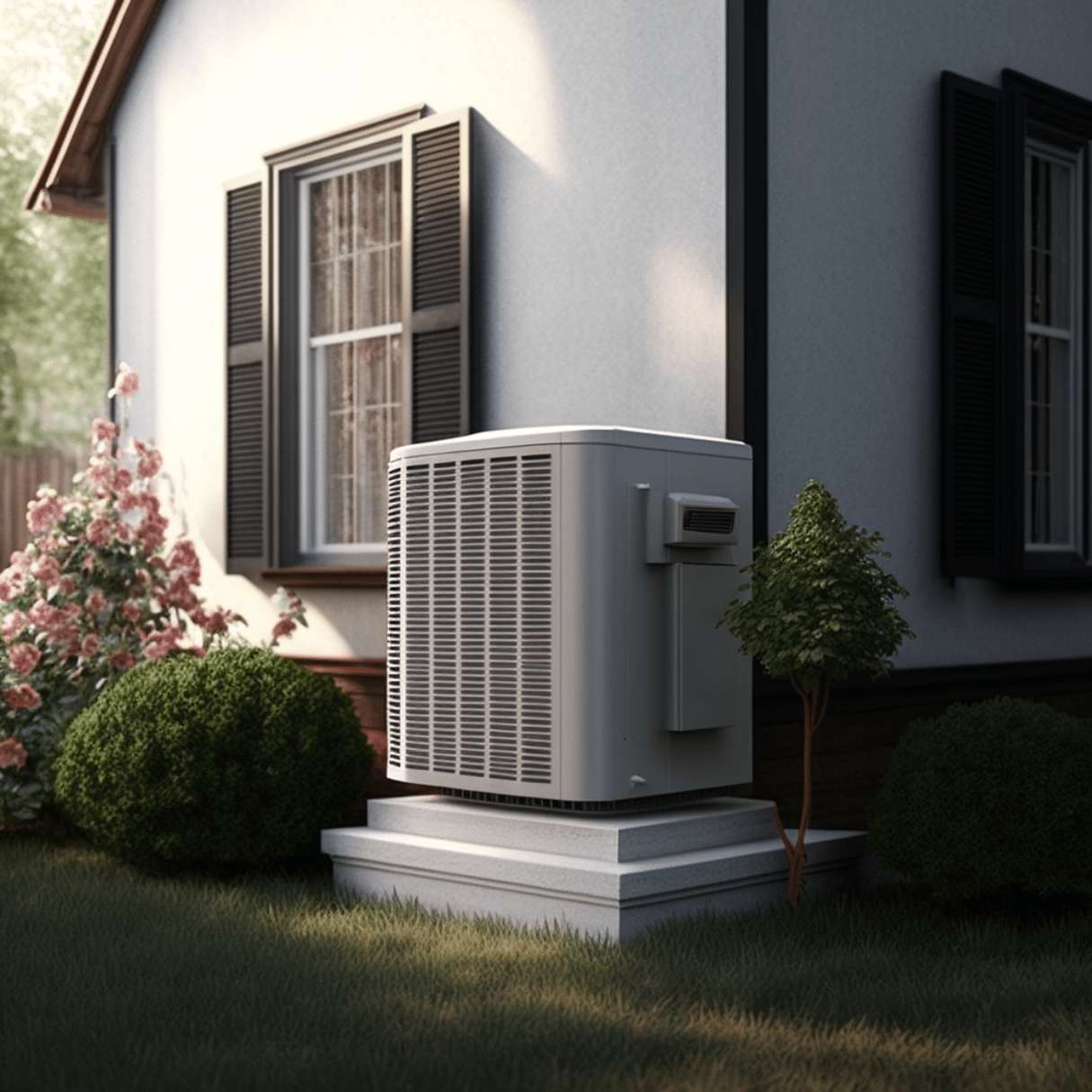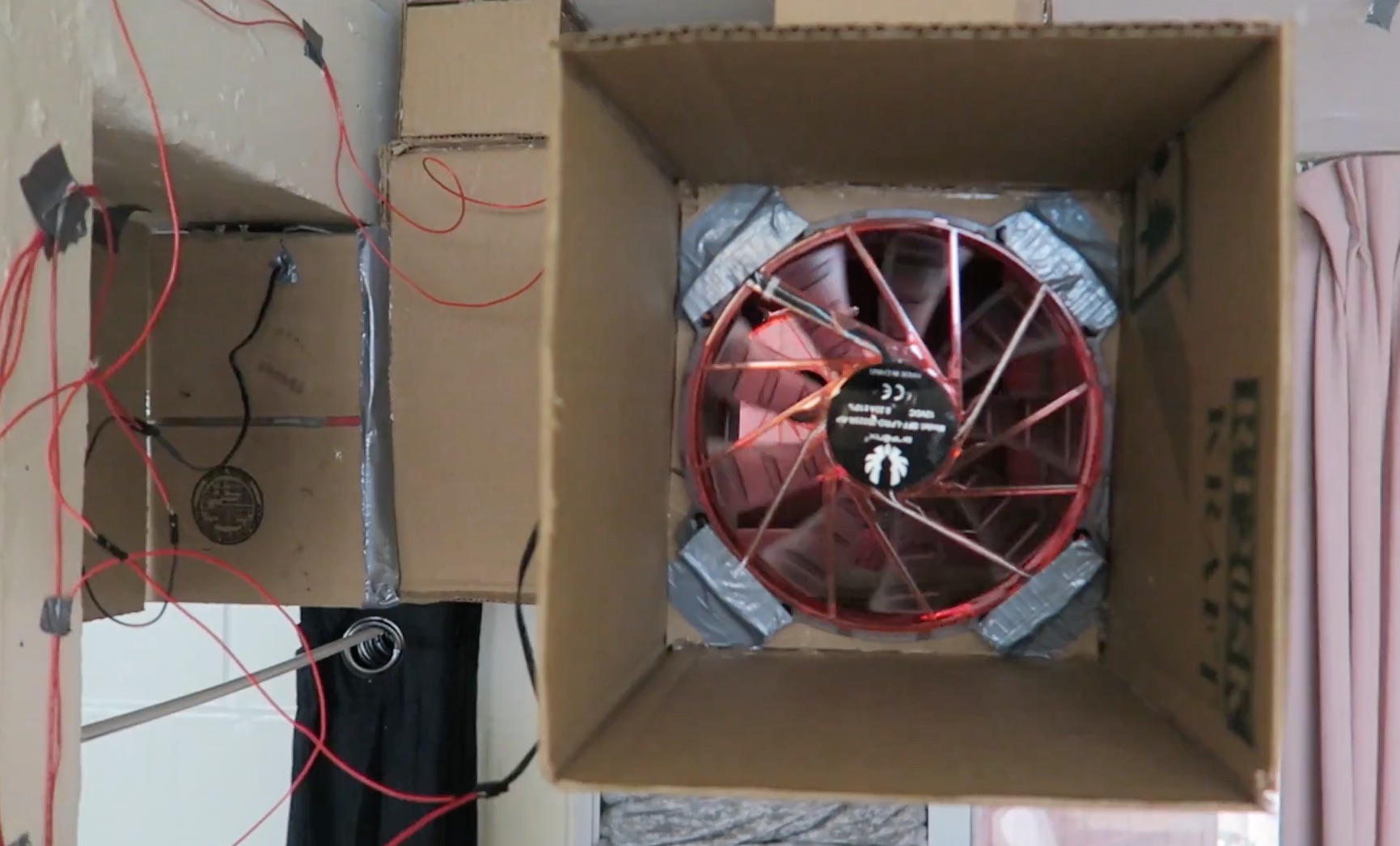Home>Home Security and Surveillance>How To Remove The AC Power From A House Alarm Systems
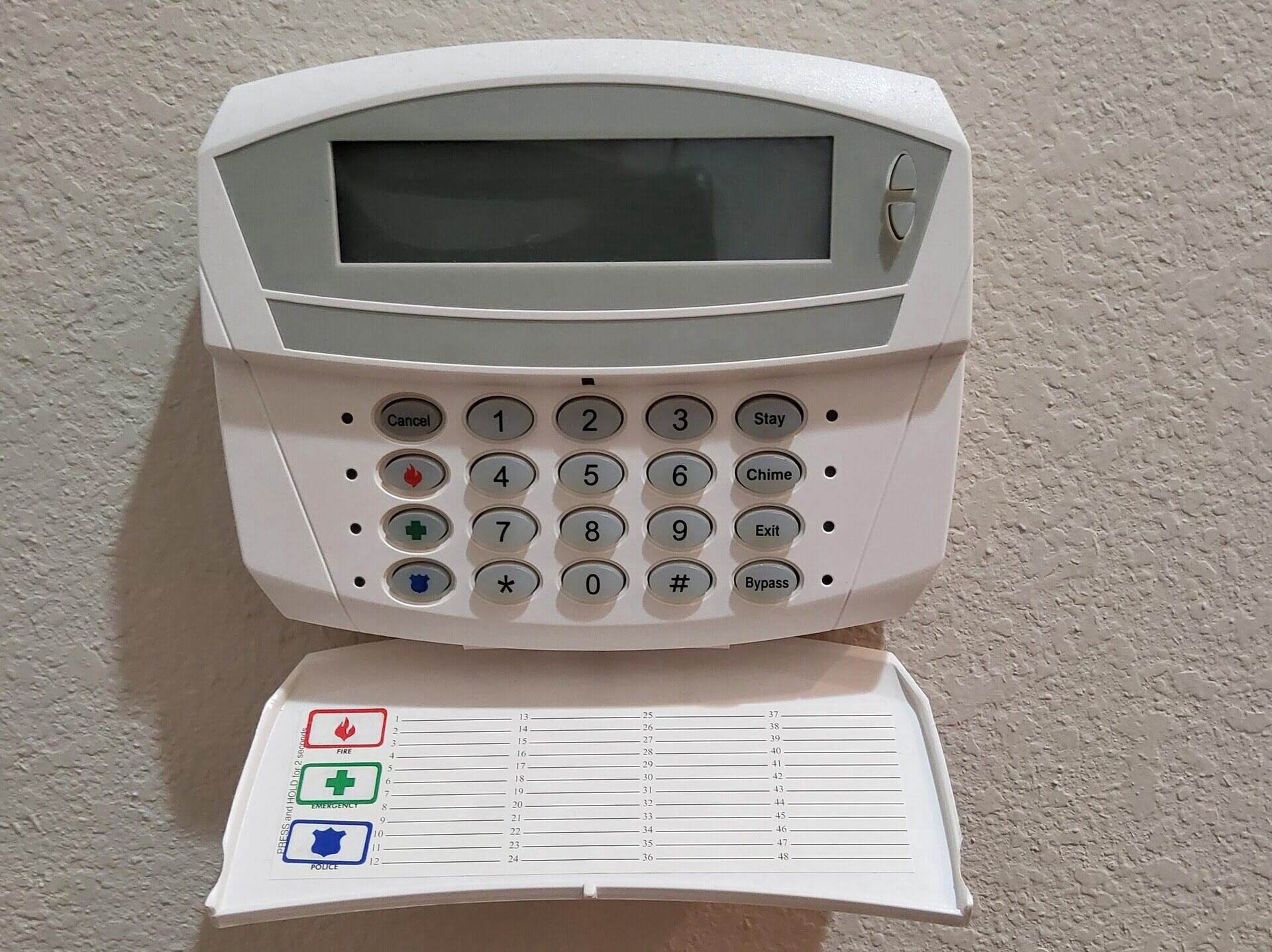

Home Security and Surveillance
How To Remove The AC Power From A House Alarm Systems
Modified: March 6, 2024
Learn how to safely remove AC power from your house alarm systems with our step-by-step guide. Enhance your home security and surveillance with proper disarmament techniques.
(Many of the links in this article redirect to a specific reviewed product. Your purchase of these products through affiliate links helps to generate commission for Storables.com, at no extra cost. Learn more)
Introduction
When it comes to home security, an essential component is the house alarm system. These systems work by using a combination of sensors, alarms, and monitoring services to protect your home from intruders. However, there may be situations where you need to remove the AC power from your house alarm system. This could be due to maintenance, repairs, or other circumstances that require the power to be disconnected.
Removing the AC power from a house alarm system is an important process that should be done carefully to ensure the safety of your home and the proper functioning of the system. In this guide, we will walk you through the steps on how to remove the AC power from your house alarm system.
Before we dive into the steps, it’s important to note that working with the electrical components of a house alarm system can be dangerous if you’re not familiar with the proper procedures. If you’re uncomfortable or unsure about any step, it’s highly recommended to seek the assistance of a professional.
Now, let’s get started with the step-by-step process of removing the AC power from your house alarm system.
Key Takeaways:
- Safety First!
Removing AC power from a house alarm system requires caution and the right tools. Always prioritize safety, follow the manufacturer’s instructions, and seek professional help if unsure. - Step-By-Step Power Removal
Locate the main power supply, turn off the circuit breaker, disconnect the backup battery, and unplug the AC power adapter. Verify power removal for a safe and controlled maintenance process.
Read more: How To Remove An Awning From A House
Step 1: Locate the Main Power Supply
The first step in removing the AC power from your house alarm system is to locate the main power supply. This is typically a control panel or a metal box that houses the electrical components of the system. The main power supply is usually located in a central area of your home, such as the basement, utility room, or garage.
To find the main power supply, start by looking for any visible wires or cables that are connected to the house alarm system. These wires may lead to the main power supply box. You can also consult the user manual or contact the system’s manufacturer for specific instructions on locating the main power supply.
Once you have located the main power supply, ensure that you have the necessary tools and safety equipment before proceeding. These may include a screwdriver, gloves, and safety glasses. It’s important to follow safety precautions to prevent any accidents or injuries during the process.
Before you proceed to the next step, it’s crucial to disconnect any power sources, including the backup battery and the AC power adapter, to ensure complete power removal. This will prevent any potential electrical shocks or damage to the system components.
Now that you have successfully located the main power supply and ensured safety measures, you’re ready to move on to the next step of turning off the circuit breaker. This step is essential in effectively removing the AC power from your house alarm system.
Step 2: Turn Off the Circuit Breaker
After locating the main power supply of your house alarm system, the next step is to turn off the circuit breaker that controls its power. The circuit breaker is typically located in the electrical panel of your home and is labeled to indicate the specific circuit that powers the alarm system.
To begin, make sure you have a clear understanding of your home’s electrical panel and the labeling of the circuit breakers. It’s important to locate and identify the correct circuit breaker to avoid accidentally turning off power to other important areas of your home.
Once you have identified the circuit breaker, usually marked as “alarm” or with a related description, proceed to switch it to the “off” position. This will cut off the electrical supply to your house alarm system, turning off the AC power and disabling its functionality.
After switching off the circuit breaker, it’s recommended to double-check that the power has been successfully disconnected by verifying the lights or display on the control panel of your house alarm system. If the lights or display are no longer illuminated, it confirms that the power has been effectively turned off.
It’s important to mention that during this step, you should avoid any contact with the electrical wiring or components inside the electrical panel, as there may still be residual electrical current. If you’re unsure or uncomfortable with working on your home’s electrical panel, it’s always wise to consult with a licensed electrician for assistance.
By turning off the circuit breaker, you have effectively removed the AC power from your house alarm system. However, it’s essential to keep in mind that the system may still have a backup power source, such as a battery, which needs to be disconnected as well to ensure complete power removal. This brings us to the next step: disconnecting the backup battery.
Step 3: Disconnect the Backup Battery
In addition to disconnecting the AC power, most house alarm systems are equipped with a backup battery that ensures they remain functional during power outages or in case of tampering with the main power supply. To fully remove the power from your house alarm system, it is crucial to disconnect the backup battery as well.
Locating the backup battery will depend on the specific design and installation of your house alarm system. In some cases, the backup battery may be housed within the main control panel, while in other systems, it may be located in a separate battery compartment or enclosure.
Begin by consulting the user manual or reaching out to the manufacturer for guidance on locating and disconnecting the backup battery. This will ensure that you follow the correct procedure specific to your particular system.
Once you have located the backup battery, carefully examine it to identify any screws, clips, or fasteners that secure it in place. Use the appropriate tools, such as a screwdriver or wrench, to remove these fasteners and detach the battery from its housing.
While removing the backup battery, it’s important to handle it with care as it may contain hazardous materials or be sensitive to mishandling. Follow any safety precautions outlined in the user manual or provided by the manufacturer.
After safely removing the backup battery from its housing, inspect the connectors and cables attached to it. Carefully disconnect the cables by gently pulling them away from the battery terminals. Take note of the configuration and positions of the connectors, as you will need to reconnect them correctly when reassembling the system.
Once you have disconnected the backup battery, place it in a safe location away from any flammable materials or potential sources of damage. Properly disposing of the battery in accordance with local regulations is important to protect the environment.
By disconnecting the backup battery, you have successfully removed all power sources from your house alarm system. However, to ensure complete isolation and to prevent any residual charge, it is essential to disconnect the AC power adapter as well. This leads us to the next step: disconnecting the AC power adapter.
To remove the AC power from a house alarm system, locate the main power source and switch it off. This is usually found in the electrical panel or near the alarm control panel. Always consult the user manual or contact a professional if you are unsure.
Step 4: Disconnect the AC Power Adapter
Now that you have safely disconnected the backup battery, the next step is to disconnect the AC power adapter from your house alarm system. The AC power adapter is responsible for converting the electrical current from your home’s power supply into a form that can be used by the alarm system.
To begin, locate the AC power adapter. It is typically connected to the main control panel of your house alarm system and will have a cord that plugs into a power outlet.
Before proceeding, ensure that the power adapter is not connected to any power source. This is an important safety precaution to prevent any potential electrical shock or damage to the system.
To disconnect the AC power adapter, grip the plug firmly and gently pull it out from the power outlet. Avoid pulling on the cord itself, as this can damage the cord or the plug.
If the AC power adapter is connected to the main control panel with a removable connector, disconnect the connector by carefully separating the two halves. Be cautious not to pull on the wires or exert excessive force, as this can cause damage to the connector or its components.
Once the AC power adapter is disconnected, set it aside in a safe place. Take note of the connector configuration or any specific instructions for reinstallation, as this will be helpful when reconnecting the system.
By disconnecting the AC power adapter, you have effectively removed the final power source from your house alarm system. However, it’s important to verify that the power has been completely removed before proceeding. This leads us to the next and final step: verifying power removal.
Read more: How Long Does It Take For AC To Cool House
Step 5: Verify Power Removal
The final step in the process of removing AC power from your house alarm system is to verify that all power sources have been successfully disconnected. It is crucial to ensure that the system is completely powered off before performing any maintenance or repairs to avoid any accidents or malfunctions.
To begin the verification process, visually inspect the main control panel of your house alarm system. Check if any lights or display indicators are still illuminated. If you still see any signs of power or activity, it indicates that there may be a remaining power source that needs to be disconnected.
Next, check if any audible alerts or alarms from the system are still active. If you hear any beeping sounds or see any warning indicators, it suggests that there is still power flowing through the system.
To confirm complete power removal, try arming or disarming the house alarm system. If the system is successfully disarmed without any resistance or error messages, it is a good indication that power has been disconnected.
It is also recommended to contact your alarm monitoring service provider to ensure that they are receiving a notification of the system being offline. They can assist you in confirming that the power removal process was successful.
If after these checks you still suspect that power is present in the system, it is imperative to seek professional assistance. Contact a licensed technician or the manufacturer’s support team for further guidance on troubleshooting and resolving the issue.
Remember, it is crucial to exercise caution throughout the power removal process to avoid potential electrical hazards. If you are uncertain or uncomfortable with any step, it is always recommended to consult with a professional to ensure the safety and proper functioning of your house alarm system.
Congratulations! By following these steps and verifying power removal, you have successfully disconnected the AC power from your house alarm system. This provides a safe and controlled environment for maintenance, repairs, or any necessary modifications to the system.
Conclusion
Ensuring the safety and security of your home is of utmost importance, and being able to remove the AC power from your house alarm system is a valuable skill. Whether you need to perform maintenance, repairs, or simply want to disable the system temporarily, knowing how to disconnect the power is essential.
In this comprehensive guide, we have outlined the step-by-step process for removing the AC power from your house alarm system. From locating the main power supply to disconnecting the backup battery and the AC power adapter, each step plays a crucial role in ensuring a complete power removal.
Throughout the process, it is vital to prioritize safety. Always familiarize yourself with the specific instructions provided by the system’s manufacturer and wear appropriate protective gear. If you encounter any difficulties or feel uncertain, it’s recommended to seek the assistance of a professional to avoid potential damage or injuries.
By following the steps outlined in this guide and verifying power removal, you can confidently disconnect the AC power from your house alarm system. This will provide you with a controlled environment to carry out any necessary maintenance, repairs, or modifications.
Remember, once you have completed your tasks and are ready to restore power to your house alarm system, ensure the proper reconnection of all power sources in the reverse order. Take care to double-check all connections and contact your monitoring service provider to confirm the system is back online and functioning correctly.
Keeping your house alarm system in good working order ensures the continued protection and peace of mind for you and your loved ones. Regular maintenance and timely repairs can help prevent any potential vulnerabilities and maintain the optimal functionality of the system.
We hope this guide has been informative and helpful in guiding you through the process of removing the AC power from your house alarm system. By following these steps and adhering to the safety guidelines, you can confidently and safely maintain your home’s security system.
Frequently Asked Questions about How To Remove The AC Power From A House Alarm Systems
Was this page helpful?
At Storables.com, we guarantee accurate and reliable information. Our content, validated by Expert Board Contributors, is crafted following stringent Editorial Policies. We're committed to providing you with well-researched, expert-backed insights for all your informational needs.
